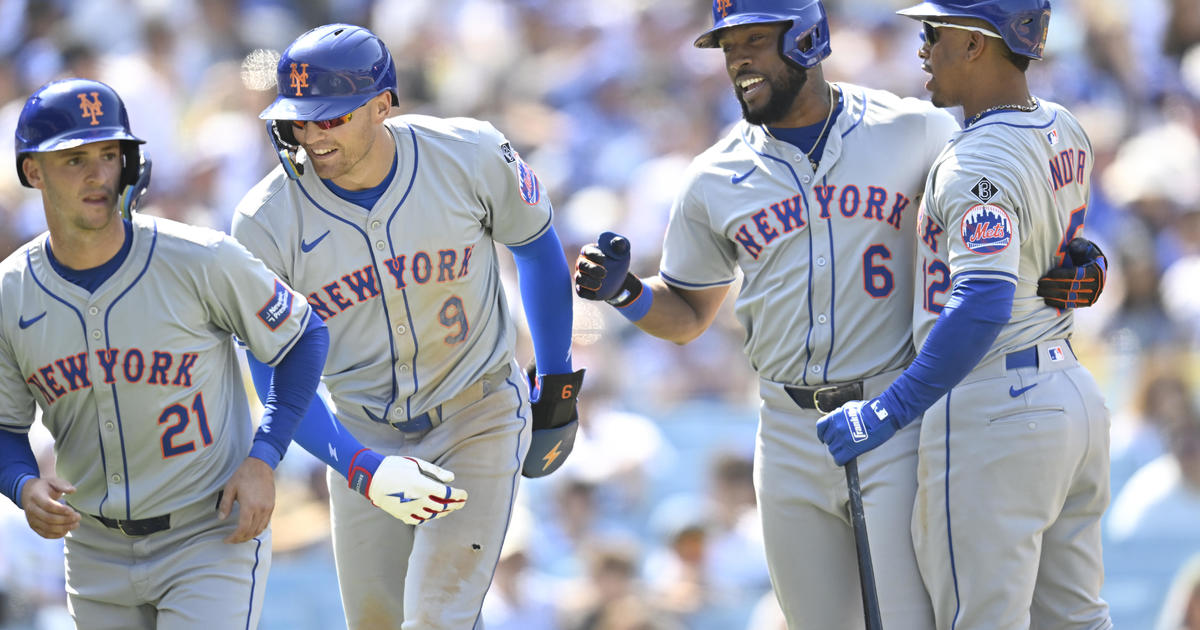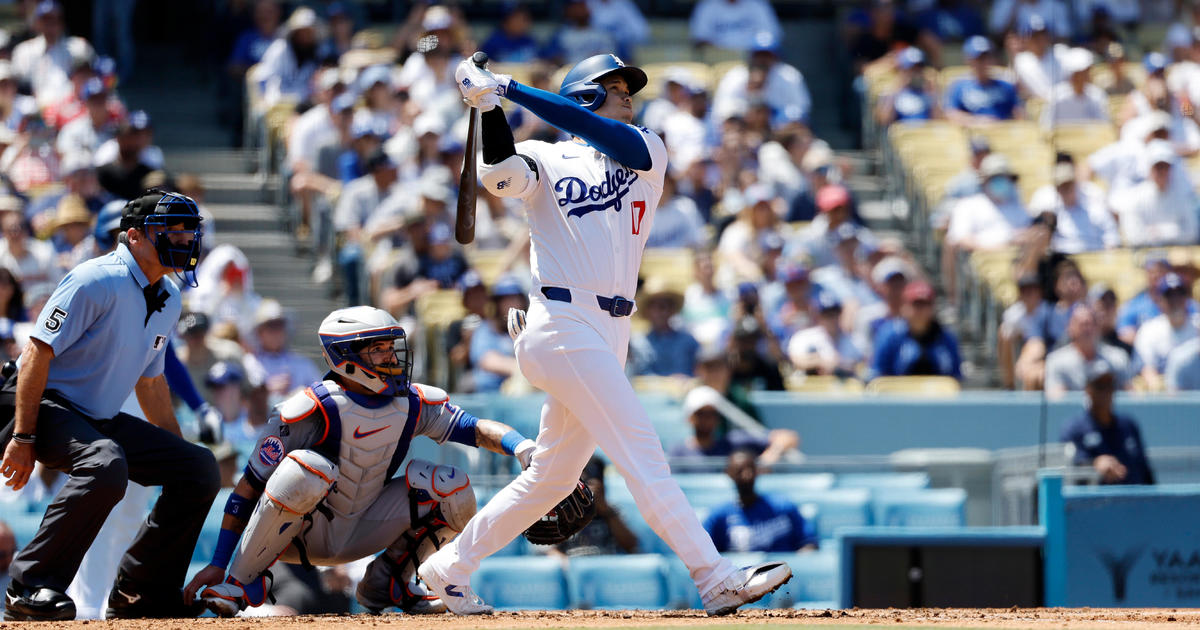Sims: Breaking Down What We Know About Lucas Duda's Hyperextended Elbow
By Abby Sims
» More Columns
Mets first baseman Lucas Duda suffered a hyperextended left elbow in the fifth inning of Wednesday's game when the Phillies' Cesar Hernandez tried to run out an infield hit and ran into Duda's glove with his left shoulder as the Met fielded the throw from the pitcher.
Though he remained in the game through the half inning, Duda was removed for a pinch hitter in the bottom of the fifth. An MRI is expected to determine the extent of his injury.
MORE: Kallet: Mets Will Rue The Days They Let These Inferior Teams Beat Them
A hyperextension injury is one in which a joint is forced to straighten beyond its normal range of motion. As with hyperextension injuries to the knee (see Golden State Warriors star Kevin Durant's recent injury), this can damage ligaments that provide stability to the joint, resulting in sprains of varying degrees, and can cause strains to muscles that are stretched beyond their limits of flexibility. In addition, the excessive bony gliding that accompanies traumatic hyperextension often results in bone contusions, as the bony surfaces at both ends of the joint come into contact with each other.
Hyperextension injuries at the elbow occur most often because of falling on an outstretched hand when the elbow joint is extended. In more extreme cases, the joint dislocates – most often posteriorly, or to the back of the arm. Dislocation of the elbow is second only to the shoulder in frequency of major joint dislocations. It may cause fracture to one or more bones in the region and is generally accompanied by more significant damage to the structures around the joint, at worst causing rupture to the joint capsule, ligaments, muscles, blood vessels or nerves. A simple dislocation is one without fracture, and a complex dislocation is one that includes fracture.
MORE: Schwei's Mets Notes: Bruce's Fast Start And Some Late-Game Agony
At particular risk in both cases (also a factor, but generally to a lesser extent with hyperextension injuries) are the ligaments that stabilize the joint. The medial (inner) collateral ligament (MCL) is also known as the ulnar collateral ligament (UCL) and is the primary stabilizer. It is the ligament that pitchers so often tear, requiring Tommy John surgery or other forms of repair. However, it is the lateral (outer) collateral ligament (LCL) that may be the essential lesion in recurrent or persistent instability following simple dislocations of the elbow. It should be noted that a considerable part of the medial stability at the elbow joint (33 percent) is provided by the articulation of the bones themselves.
MORE ABOUT THE ELBOW
There are actually three joints in the region of the elbow. One articulates the humerus of the upper arm with the ulna of the forearm at the trochlear groove (which resembles a spool) at the inner aspect of the elbow. Another is at the outer or lateral elbow, where the radius bone of the forearm meets the capitulum, a rounded prominence at the base of the humerus. These two joints are hinge joints that allow the elbow to bend (flex) and straighten (extend). The third joint, between the radius and ulna at the uppermost aspect of the forearm – like its lower counterpart near the wrist – enables a rotatory motion so you can turn your palm upward (supination) or downward (pronation). The static and dynamic restraints that provide joint stability are critical to enabling normal function at these joints.
Duda's injury may have caused Grade 1 sprains (ligaments) and/or strains (muscles) at the elbow. Fortunately, it was his gloved arm and not his throwing arm that was affected. Now he awaits the MRI findings.
Abby Sims is a licensed physical therapist with vast experience evaluating and treating orthopedic, sports and dance injuries. Follow her on Twitter @abcsims




